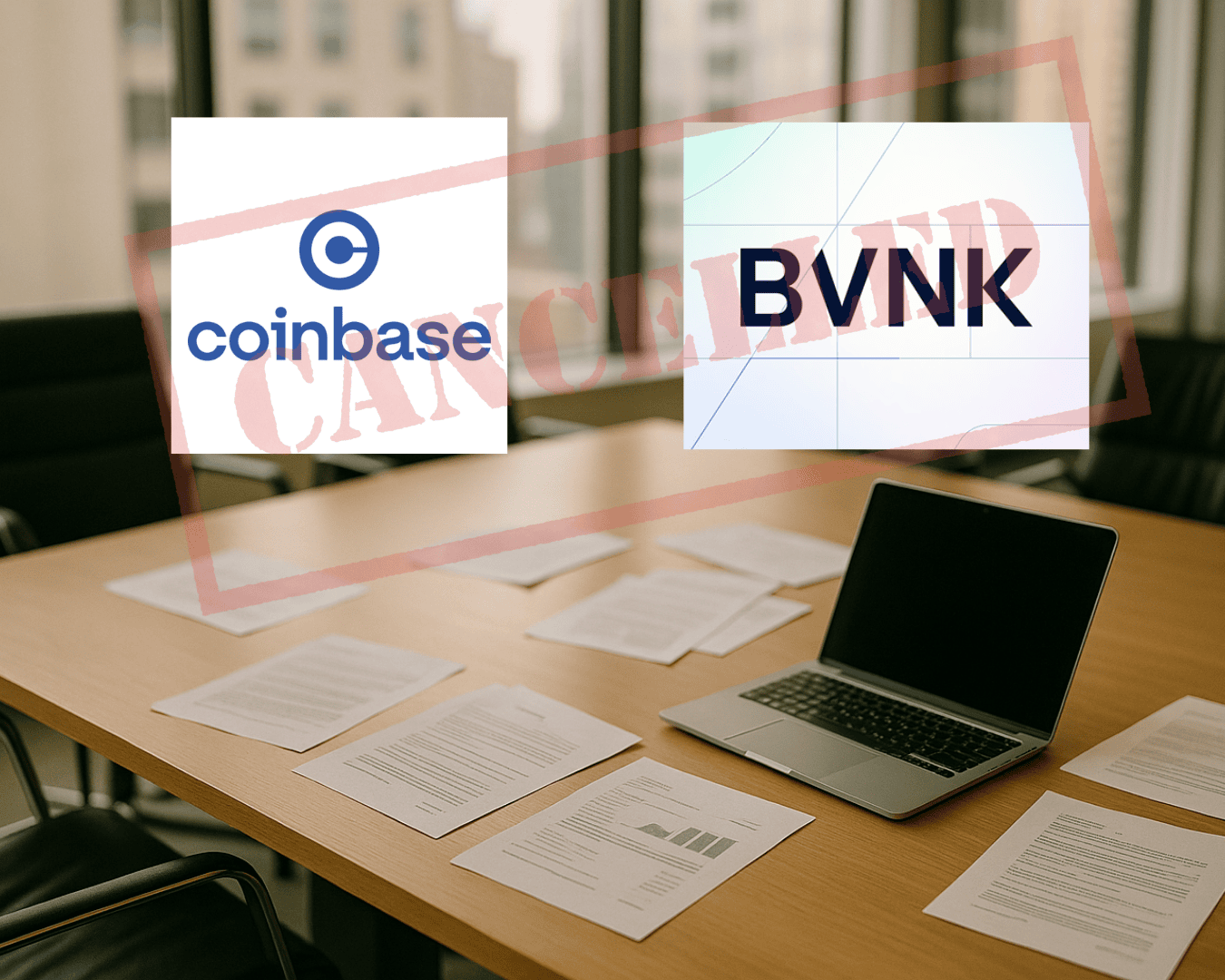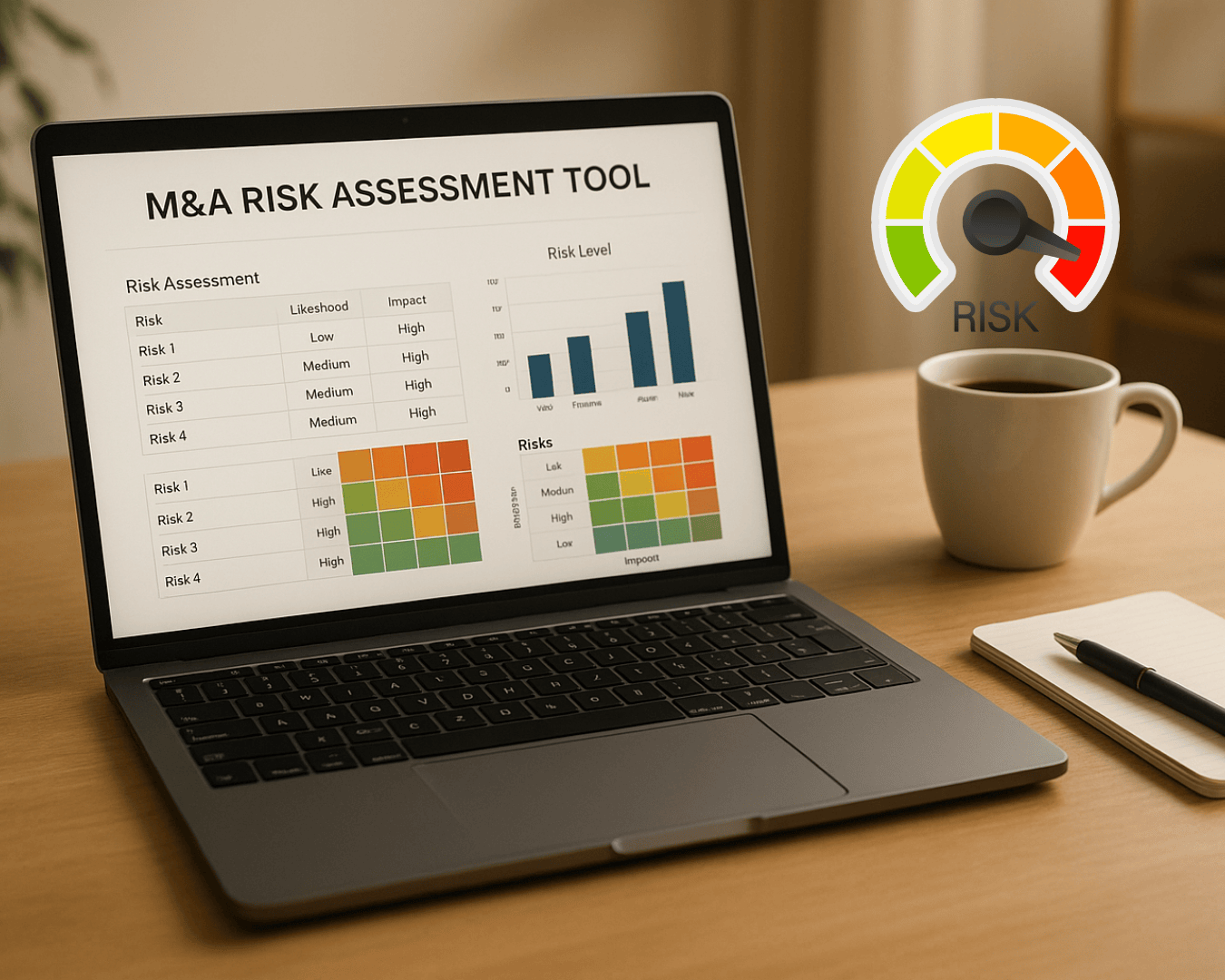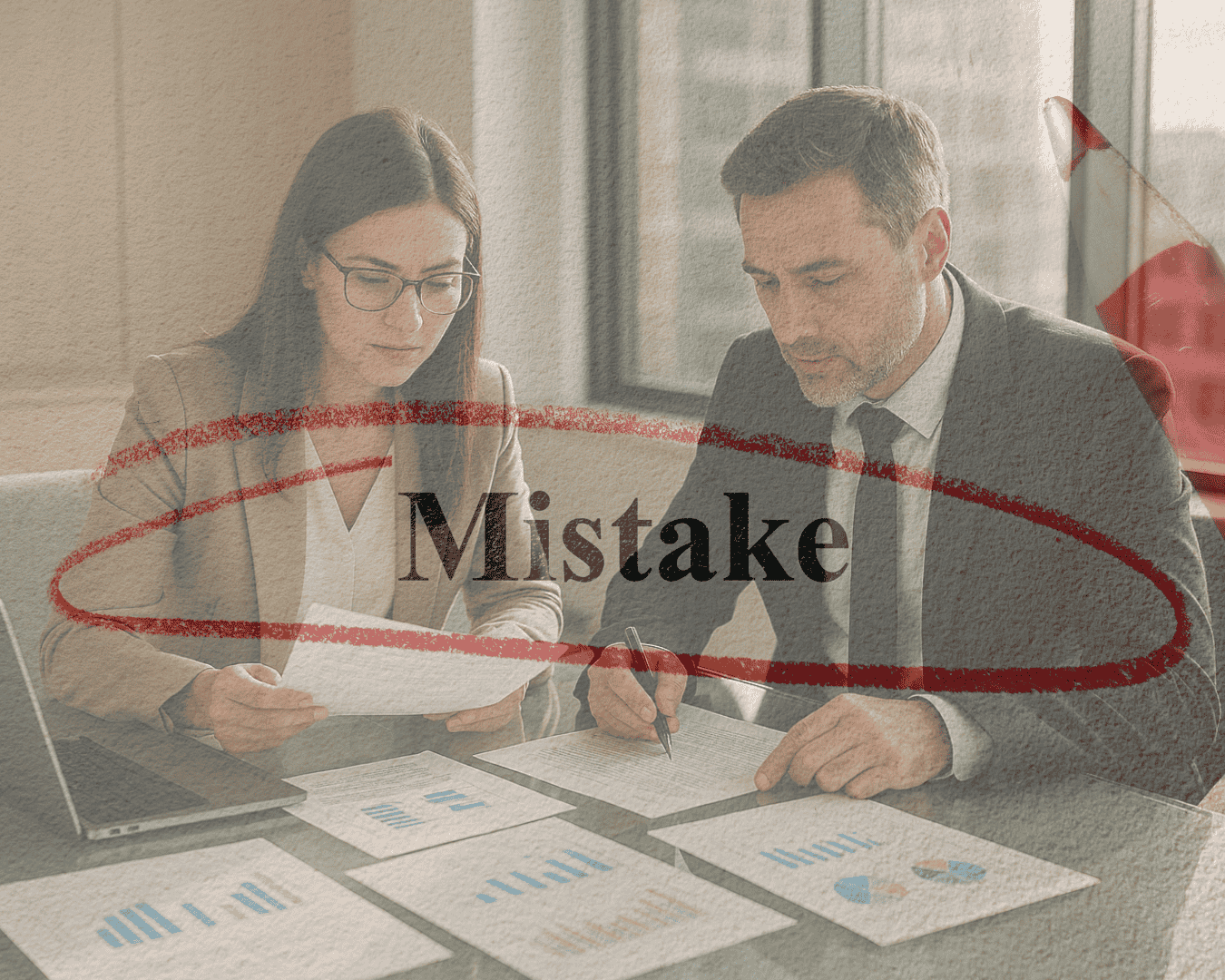Skipping insurance due diligence in M&A deals can lead to costly surprises. By reviewing insurance policies, claims history, and risk coverage, buyers can avoid inheriting liabilities or gaps in coverage. Here’s what you need to know:
- What it Covers: General liability, property, D&O, E&O, and other policies, including exclusions and deductibles.
- Why it Matters: Prevents unexpected costs, identifies coverage gaps, and ensures risks are accounted for in deal valuations.
- Key Steps: Review policies, analyze claims history, and assess risk exposures for potential gaps.
- Common Issues: Outdated limits, missing specialized coverage (e.g., cyber liability), or hidden exclusions.
- Solutions: Negotiate seller fixes, adjust purchase prices, or secure additional insurance before closing.
Insurance due diligence ensures buyers understand risks, avoid liabilities, and plan for seamless integration post-deal.
M&A Insurance | Small Business Reps & Warranty Insurance
How to Conduct Insurance Due Diligence
Conducting insurance due diligence is all about identifying potential risks and spotting coverage gaps that could impact a deal. This process typically involves three key steps to get a full picture of the target company’s insurance coverage.
Reviewing Insurance Policies
Start by gathering and reviewing all active insurance policies to understand what coverage the target company has and how it protects their business. This means collecting policy documents, certificates of insurance, and renewal notices for every type of coverage in place.
Here’s a critical tip: Always request full policy documents, not just certificates. Certificates often lack important details, and relying on them alone can lead to unpleasant surprises later, like discovering the coverage isn’t as broad as expected.
Pay close attention to policy renewal dates and terms. If a policy is set to expire soon after the deal closes, you’ll need to account for renewal costs and any potential changes in coverage. Keep in mind, some insurers may require new underwriting after a change in ownership, which could result in higher premiums or altered terms.
Another important detail to look for is change-of-control clauses. These clauses can terminate coverage when ownership changes hands, so it’s crucial to review assignment and transfer provisions to understand how coverage will be affected post-transaction.
Don’t overlook specialty coverages that might be specific to the industry. For example, a manufacturing company might carry product recall insurance, while a tech firm could have cyber liability coverage. Professional service companies often rely on errors and omissions policies to protect against client claims. After reviewing all documents, assess whether the coverage aligns with the company’s actual risks.
Evaluating Risk Coverage and Gaps
Once you’ve reviewed the policies, focus on matching the coverage limits to the company’s risk exposures. The goal is to determine whether the current insurance adequately addresses the company’s actual risks.
Start with the coverage limits. For example, if a company with $50 million in annual revenue only has $1 million in general liability coverage, it’s likely underinsured. When evaluating limits, consider the company’s size, industry, and typical claim patterns.
Don’t stop at limits - look at deductibles and potential gaps too. A $10 million policy might seem sufficient, but if it comes with a $500,000 deductible, the buyer needs to be prepared for significant out-of-pocket costs for smaller claims.
Geographic coverage is another critical factor, especially for companies operating in multiple states or internationally. A policy that works well in one state might not provide adequate protection elsewhere.
Pay special attention to industry-specific risks. For instance, a food manufacturer without product recall insurance could face devastating losses, while a construction company lacking adequate contractor’s liability insurance might be one accident away from financial trouble.
Reviewing Claims History
After confirming the adequacy of the policies, dive into the company’s claims history to uncover recurring issues and ongoing liabilities. Claims data can reveal patterns of loss and help you identify areas where risks might resurface.
Ask for detailed loss runs covering at least five years of claims activity. These reports should include claim dates, descriptions, amounts paid, amounts reserved, and current claim statuses. Frequent small claims could point to underlying risk management problems that need attention.
Be mindful of outstanding claims and reserves, as they could lead to additional costs long after the deal closes. For example, an open workers’ compensation claim from two years ago might still incur payouts in the future. Understanding these liabilities helps you plan for potential cash flow impacts.
Look for claims trends over time. If you notice an increase in claim frequency or severity, it could signal deteriorating safety practices, quality control issues, or other operational problems. On the flip side, a company showing improved loss trends might be on track for lower insurance costs moving forward.
Don’t forget to check for regulatory violations and citations. Issues like OSHA violations, environmental fines, or employment law complaints might not show up in insurance reports but could indicate compliance problems that lead to claims. These areas might require additional coverage or risk management improvements.
Some claims come with long-tail risks that can stretch far beyond the transaction date. Think asbestos exposure, environmental contamination, or product liability issues - these can take years to surface but carry enormous financial consequences when they do. Identifying these risks early allows buyers to structure protections and negotiate deal terms that account for potential legacy liabilities.
Finally, assess how well the company manages its claims process. Companies that report claims promptly, maintain proper documentation, and work closely with insurers usually achieve better outcomes and lower costs. Poor claims management, on the other hand, can turn minor incidents into major financial headaches.
Common Insurance Coverage Problems and Solutions
When it comes to insurance, due diligence often uncovers gaps that could leave businesses exposed to financial risks. By addressing these issues head-on, you can protect your investment and ensure a smoother transaction process.
Identifying Coverage Shortfalls
During an insurance review, several common gaps tend to surface:
- Outdated coverage limits: Many companies stick with limits that no longer match their current operations or potential risks. This can leave them underinsured in critical areas.
- Missing industry-specific policies: Businesses often overlook specialized insurance. For instance, a tech company handling sensitive data might lack cyber liability coverage, or a professional services firm may operate without errors and omissions insurance. These tailored policies are essential for addressing unique risks.
- Geographic coverage issues: Expanding into new regions without updating policies can create gaps. A company that once operated in a single area might now face risks unaddressed by its original insurance.
- Hidden exclusions and limitations: Policy fine print can reveal unexpected exclusions. For example, an employment practices liability policy might omit certain claims, or a product liability policy could fail to cover newly introduced products or processes.
- Legacy policy terms: Simply renewing old policies without reassessing current operations can lead to coverage that no longer aligns with the company's risk profile.
Once these gaps are identified, the next step is to evaluate their financial impact.
Calculating Financial Risks
Understanding the financial implications of coverage gaps is crucial for assessing their effect on deal value and future cash flow. Here’s how to approach it:
- Compare against industry benchmarks: Evaluate the company’s coverage relative to industry standards to gauge the severity of any gaps and estimate the cost to address them.
- Analyze worst-case scenarios: Consider the financial fallout of potential risks. For example, evaluate the costs associated with a cyberattack to highlight the importance of adequate cyber liability insurance.
- Review historical loss data: Industry loss trends can provide valuable context for estimating potential claim costs, offering a clearer picture of what inadequate coverage could mean financially.
- Account for premium costs: Factor in the expense of securing additional coverage. Including these costs in your post-acquisition budget ensures that risks are properly addressed.
- Evaluate regulatory risks: Operating without required coverage can lead to fines or penalties, further affecting the financial outlook of a transaction.
How to Fix Insurance Gaps
Once you’ve quantified the risks, it’s time to take action. Here are strategies to address uncovered exposures:
- Negotiate seller responsibility: Ask the seller to secure additional coverage or enhance existing policies before closing the deal. These costs can be reflected in the purchase price.
- Use deal protections: Incorporate representations, warranties, and indemnification clauses into the agreement. For example, if specific coverage is missing, the seller might agree to indemnify the buyer for claims tied to pre-closing activities.
- Plan for post-closing coverage: Engage insurance brokers early to secure quotes and commitments. This ensures that adequate coverage is in place immediately after closing.
- Adjust the purchase price: Factor in the cost of addressing gaps and any interim risks. This adjustment can account for additional premiums and temporary exposures.
- Enhance risk management: Beyond insurance, improving safety protocols, cybersecurity measures, or quality control processes can reduce risks and improve insurability.
- Explore alternative risk transfer options: If traditional insurance is unavailable or too expensive, consider options like captive insurance, risk retention groups, or self-insurance programs.
Using Representations & Warranties Insurance
Representations and warranties insurance (RWI) has become an increasingly popular tool in M&A transactions. It provides a layer of protection that complements traditional deal structures, often making deals more appealing by reducing the need for lengthy escrow periods and simplifying risk allocation between buyers and sellers.
What is Representations & Warranties Insurance?
RWI is designed to protect buyers from financial losses stemming from inaccuracies in the seller's representations and warranties outlined in the purchase agreement. Essentially, it steps in when the seller’s statements about the business don’t align with reality.
The coverage amount is determined by factors like the transaction value, deal size, and the risk profile of the business. RWI policies typically cover breaches such as financial misstatements, undisclosed liabilities, and regulatory compliance failures. However, certain risks - like known issues, forward-looking statements, or specific exclusions (e.g., environmental matters or pension obligations) - are generally not included. In such cases, additional protective measures or alternative insurance products might be required.
For sellers, RWI can reduce or even eliminate the need for escrow accounts and limit their ongoing liability. Buyers, on the other hand, benefit from having an insurance provider to handle claims, offering both financial support and expertise. These basics of RWI highlight the connection between due diligence and how policy terms are shaped.
How RWI Works with Due Diligence
The due diligence process is critical in determining both the availability and pricing of RWI coverage. Insurers rely heavily on the findings from due diligence to set policy terms and premiums.
Underwriters carefully review due diligence reports, management presentations, and draft purchase agreements. They pay close attention to any red flags or gaps identified during the process. For instance, if due diligence reveals inadequate cyber liability coverage, underwriters may adjust the RWI policy to exclude that risk or recommend purchasing additional insurance.
A thorough and well-documented due diligence process can lead to more favorable RWI terms and lower premiums. It can also open the door to negotiating enhanced representations and warranties that address specific concerns, providing even greater protection under the policy. This close relationship between due diligence and RWI often highlights the need for additional insurance products.
When to Buy Additional Insurance Products
While RWI focuses on breaches of representations and warranties, some risks fall outside its scope and may require separate insurance coverage. These additional policies can work alongside RWI to address specific exposures uncovered during due diligence.
For instance, cyber liability insurance is essential for businesses handling large volumes of digital data, particularly in industries with strict data protection regulations. Similarly, environmental insurance is crucial for companies dealing with potential contamination or regulatory issues in manufacturing or industrial operations.
Other examples include tax insurance, which can cover risks related to uncertain tax positions, and employment practices liability insurance, which addresses workforce-related concerns like pending claims or disputes.
If due diligence identifies risks in these areas, securing the necessary additional coverage - such as cyber liability or environmental insurance - before closing is a smart move. It’s also important to weigh the costs of these policies against other deal-structuring options, like adjusting the purchase price, setting up escrows, or adding indemnification provisions to the agreement. Balancing these considerations ensures a more secure and well-rounded transaction.
sbb-itb-a3ef7c1
Combining Insurance Programs After the Deal
Once due diligence wraps up, the next big task is merging insurance programs to protect the combined entity. This step requires meticulous planning to ensure continuous coverage, efficient costs, and smart risk management. Many deals stumble here because companies often underestimate how tricky it can be to align different insurance structures and coverage terms.
Creating an Integration Plan
The key to a smooth insurance integration is crafting a detailed plan that tackles policy consolidation, coverage alignment, and regulatory compliance. Ideally, this process should kick off within 30 days of closing to allow enough time for implementation before existing policies expire.
Policy consolidation is a crucial, though often complicated, step. You’ll need to decide whether to merge, consolidate, or create new policies based on factors like business size, location, and risk exposure. For example, if the acquiring company operates in 15 states and the target company overlaps in 5 of those states, combining general liability coverage under one master policy can simplify administration and potentially lower premiums through volume discounts.
Another critical task is aligning policy terms, limits, and deductibles. Any differences in coverage levels can lead to gaps or redundancies that need to be addressed quickly. Take workers’ compensation insurance as an example - state-specific requirements might necessitate maintaining separate policies while still standardizing coverage limits and claims management processes.
Regulatory compliance adds yet another layer of complexity, especially for companies operating across multiple states. Each jurisdiction has its own insurance requirements tied to business activities, and the combined entity must meet these standards. This often involves updating policy schedules, adding new locations, and adjusting coverage areas with the help of insurance carriers - ideally within 60 days of closing.
Timing is critical. Plan integration efforts around policy renewal dates and notice requirements to avoid any coverage gaps.
Communicating with Stakeholders
Clear, timely communication with stakeholders is essential to avoid disruptions and ensure a seamless transition. Stakeholders include not just internal teams but also insurance carriers, brokers, risk consultants, and regulatory authorities.
From day one, establish clear communication protocols with internal teams and external partners. Regular updates and open communication with insurance carriers and brokers are vital to preventing last-minute cancellations or unexpected premium changes.
Broker coordination is another challenge, especially if the two companies use different intermediaries. The acquiring company must decide whether to consolidate broker relationships or keep them separate. This decision impacts service quality, commission structures, and ongoing risk management support.
Vendors and customers also need to be notified promptly to maintain compliance with contractual insurance requirements. Many contracts specify minimum coverage levels, so updates to policy numbers, carrier details, or coverage terms may be necessary. Certificates of insurance must be updated and shared with certificate holders to avoid compliance issues.
A strong communication plan should include standardized notification templates, clear escalation procedures for urgent matters, and regular progress updates to senior management. Keep a record of all communications to maintain audit trails and ensure compliance with regulatory requirements. Good communication not only smooths the transition but also sets the stage for effective long-term risk management.
Managing Risk After Integration
Even after integration, managing risk is an ongoing effort to ensure the insurance program meets the combined organization’s evolving needs. Integration often uncovers new risks or shifts in the risk profile that require immediate action.
During the first year, review the integrated program quarterly, then annually after that, to confirm coverage adequacy and cost efficiency. The combined entity’s risk profile may differ significantly from the original companies, which could mean adjusting coverage or adding new insurance products.
Claims management practices should also be unified to ensure consistent outcomes. This includes standardizing claims reporting, aligning vendor networks, and setting clear settlement authority guidelines.
Cost-saving opportunities often emerge during integration. Larger organizations may qualify for better discounts, improved terms, or access to specialized insurance markets that weren’t available to smaller entities. However, these benefits require active management and regular market testing to ensure competitive terms remain in place.
Regular risk assessments are also essential. New exposures, such as expanded geographic operations, increased revenue concentration, or new product lines, may require additional coverage or policy enhancements.
To stay ahead, the ongoing risk management program should include benchmarking against industry standards, annual market reviews, and monitoring regulatory changes that could affect coverage requirements. Establishing key performance indicators (KPIs) for the insurance program helps track progress and identify areas for improvement.
Lastly, don’t overlook technology integration. If the companies use different risk management systems, consolidating data, standardizing reporting, and aligning risk metrics are critical for better decision-making and program management.
Integrating insurance programs doesn’t end with the initial consolidation. It’s an ongoing process that demands attention to the company’s changing needs, the evolving risk landscape, and market conditions to ensure the organization remains well-protected at competitive costs.
Key Takeaways
This section simplifies the process of insurance due diligence, highlighting its importance in ensuring successful M&A transactions. A thorough evaluation can uncover hidden risks, identify coverage gaps, and provide a clear understanding of potential liabilities and risk exposure.
Benefits of Insurance Due Diligence
Insurance due diligence offers critical protection for buyers by identifying liabilities and coverage issues before they escalate into costly problems. It ensures the target company’s risks are properly addressed and helps streamline the post-transaction integration process.
One major benefit is greater transparency around risk. Many business leaders lack deep expertise in insurance, leading to incorrect assumptions about coverage. This can result in unexpected liabilities when claims arise.
The process isn’t just about mitigating risks - it can also lead to financial savings. By aligning and consolidating insurance programs post-merger, companies often unlock cost efficiencies. Larger, combined entities frequently qualify for better rates and improved policy terms.
A well-executed insurance review also ensures that coverage aligns with the needs of the newly formed organization, promoting operational continuity and boosting stakeholder confidence.
Best Practices for Due Diligence Success
To maximize these benefits, a systematic approach and expert guidance are essential. Here’s how to ensure success in insurance due diligence:
- Engage Experienced Advisors: Bring in independent insurance and legal experts to provide unbiased assessments.
- Leverage Technology: Use tech tools to automate tasks like document collection, policy analysis, and risk assessments. Platforms like Clearly Acquired offer integrated solutions, simplifying the entire acquisition process, including insurance evaluations.
- Conduct a Comprehensive Review: Examine all insurance policies - property, liability, directors & officers, errors & omissions, workers’ compensation, and specialized lines. Review claims history and compare it to industry benchmarks to identify potential issues.
- Start Early: Begin the process early in the transaction timeline to allow time for resolving any issues. Plan for post-close integration by harmonizing insurance programs and communicating changes clearly to stakeholders.
- Consider Transactional Insurance Products: Tools like representations & warranties insurance can address deal-specific risks, facilitate smoother closings, and provide added protection for both parties.
Integrating insurance due diligence into your M&A strategy not only ensures a smoother transaction but also lays the groundwork for long-term success. By addressing risks early and aligning insurance programs with organizational goals, companies can navigate the complexities of mergers with greater confidence.
FAQs
Why is it important to review change-of-control clauses during insurance due diligence in mergers and acquisitions?
Why Reviewing Change-of-Control Clauses Matters in Insurance Due Diligence
Change-of-control clauses in insurance policies can have a big impact on coverage when ownership shifts. These provisions might give insurers the right to cancel, adjust, or renegotiate policies, which could leave the acquiring company vulnerable to unexpected risks.
By digging into these clauses early in the due diligence process, buyers can spot potential issues and address them before they become problems. This ensures continuous coverage, avoids unnecessary disputes post-transaction, and protects the deal's overall success. It's a crucial step in keeping all parties confident and secure throughout the process.
How can buyers address insurance coverage gaps during due diligence in M&A deals?
To tackle insurance coverage gaps uncovered during due diligence, it’s smart for buyers to bring in specialized insurance advisors early on. These experts can evaluate potential risks and suggest customized options, like representation and warranty insurance, which safeguards against financial hits from breaches or undisclosed liabilities.
Insurance adjustments can also serve as a powerful negotiation tool. By offering proactive solutions to address risks, buyers can ease uncertainties for everyone involved, simplify the transaction process, and boost the chances of closing the deal successfully.
How does representations and warranties insurance support traditional insurance due diligence in M&A transactions?
Representations and warranties insurance (RWI) plays a key role in M&A transactions, working alongside traditional insurance due diligence. It provides coverage for breaches of the seller’s representations and warranties that were unknown or unexpected at the time of the deal. For buyers, it’s a way to mitigate risks tied to undisclosed liabilities, reducing the reliance on seller indemnities or escrow holdbacks.
By transferring certain risks to the insurer, RWI can simplify negotiations, increase deal certainty, and shield buyers from post-closing claims. This insurance ultimately contributes to a smoother transaction process, benefiting everyone involved.


























.png)







































.png)











































